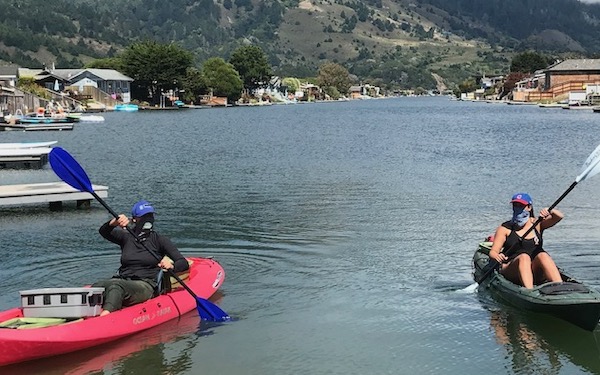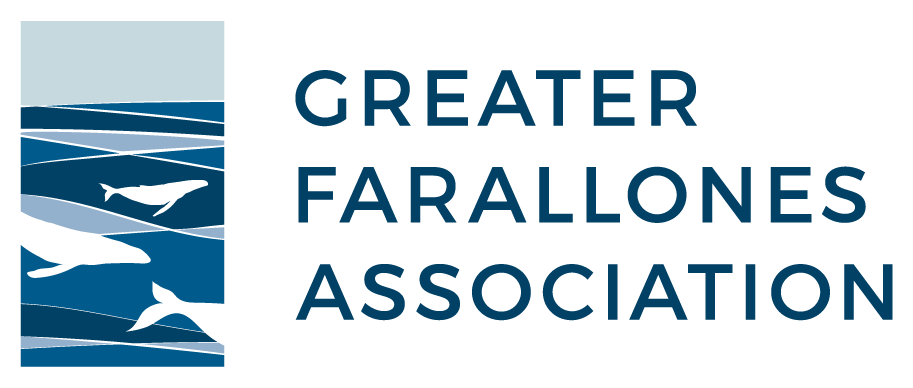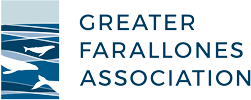Returning to Restoration

Since 2009, Greater Farallones Association and project partners have removed tens of thousands of harmful invasive European green crabs from Seadrift Lagoon through an annual volunteer-based project.
These voracious crabs are linked to dramatic losses of marine life, impacts to habitat, and the collapse of commercial fisheries as they consume species like oysters, clams, and other crab species important to local economies. Removing them promotes the return of other native species like shrimp, bivalves, worms, and sponges, and contributes to a healthier lagoon ecosystem.
Green crab removal at Seadrift also reduces the threat of spread to the larger, tidally-linked Bolinas Lagoon, while fostering stewardship of local marine resources through community involvement. Local volunteers help remove crabs and record important data. Continued implementation of this project is critical for monitoring and managing green crab numbers and maintaining population levels to allow for the coexistence of other important species in Seadrift Lagoon.
Since shelter-in-place orders commenced in mid-March, staff at Greater Farallones Association have been hard at work developing a plan for continuing critical field work while adhering to Covid-safe guidelines. After months of planning, GFA successfully started another season of crab removal on Monday, July 20th. To maintain public safety, this year’s project does not include participation from local volunteers and is instead completing activities with a limited three-person staff. Activities are conducted entirely outside in the open air, which ensures six feet of social distance at all times. All staff wear masks, gloves and practice safe hygiene including hand washing and/or use of hand sanitizer at all times. Staff are using individual supplies and project equipment including kayaks and paddles, rulers, hand clippers, pencils, and survey sheets; and disinfect these supplies each day. Staff are also traveling to and from the project site individually to maintain distance.
Although this work is critical to the health of Seadrift and Bolinas Lagoon, the health and safety of project staff are top priority. Thankfully, project staff are able to perform this important work safely, and continue these critical restoration efforts for Seadrift and Bolinas Lagoons, and the marine environment beyond.
Learn more about our Bolinas Lagoon Restoration work: https://farallones.org/bolinas/

